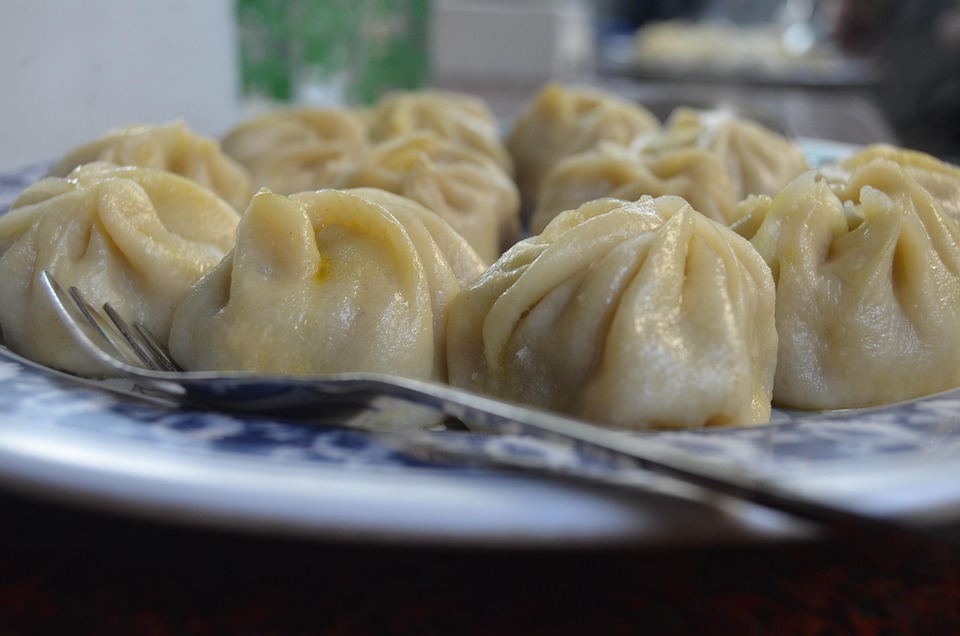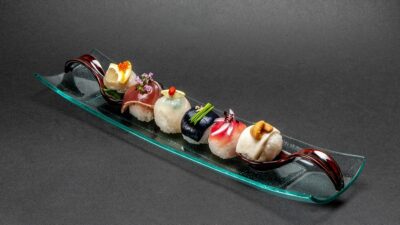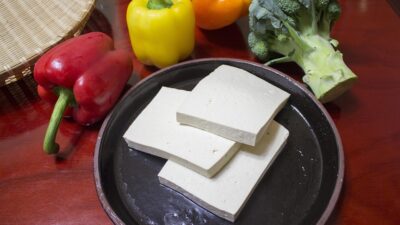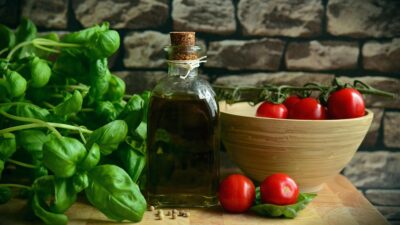Chinese cuisine is a rich tapestry woven from centuries of culinary traditions, regional ingredients, and cultural influences. Every dish tells a story, revealing the harmony between taste, texture, and aroma. While many enjoy the delightful flavors of Chinese food, the secret to its extraordinary taste often lies in a few key ingredients. Join us as we delve into the essential components that elevate traditional Chinese recipes to culinary masterpieces.
1. Soy Sauce: The Umami Elixir
Soy sauce is a cornerstone of Chinese cooking. This fermented product, made from soybeans, wheat, and salt, packs a punch of umami flavor. It comes in various forms, from light soy sauce, which imparts a savory note without darkening dishes significantly, to dark soy sauce, which adds color and a touch of sweetness. Whether used for marinating meats, seasoning stir-fries, or as a dipping sauce, soy sauce is integral for achieving depth of flavor.
2. Ginger: The Aromatic Powerhouse
Ginger is not just a spice; it’s a fundamental ingredient in many Chinese dishes. Known for its refreshing, slightly spicy flavor, ginger is often used in marinades, sauces, and stir-fries. It adds warmth and brightness, perfectly balancing rich or fatty foods. Fresh ginger is particularly prized, but dried and powdered forms also have their places in traditional recipes, each bringing a unique profile to the table.
3. Garlic: The Flavor Enhancer
Garlic is another aromatic that enhances the taste of countless Chinese dishes. Its pungent flavor mellows during cooking, imparting richness and complexity to stir-fries, soups, and sauces. Whether sliced, minced, or crushed, garlic is often used in combination with ginger and scallions, creating a flavorful base that is characteristic of many Chinese preparations.
4. Five Spice Powder: The Spice Symphony
A mix of star anise, cloves, Chinese cinnamon (or cassia), Sichuan peppercorns, and fennel seeds, five spice powder is a quintessential seasoning in Chinese cuisine. This blend offers a complex flavor profile, harmonizing sweet, sour, bitter, and savory notes. It is often used in braised meats, stir-fries, and marinades, infusing dishes with aromatic depth.
5. Sesame Oil: The Finishing Touch
Rich and nutty sesame oil is a quintessential element in Chinese cooking. Made from toasted sesame seeds, this oil is often drizzled at the end of cooking to enhance flavor without the need for further heat. Its unique taste adds a distinctive character to dressings, sauces, and stir-fries, making it an irreplaceable ingredient in many dishes.
6. Chili Paste and Sauce: The Heat Factor
For those who enjoy a kick in their dishes, chili paste or sauce is a must-have. Various types of chili products, such as chili oil, Doubanjiang (spicy broad bean paste), and chili garlic sauce, provide not only heat but also layers of flavor. These ingredients can transform a simple stir-fry into a bold culinary experience, embodying the principle of balance that is essential in Chinese cooking.
7. Rice Vinegar: The Tangy Accent
Rice vinegar, made from fermented rice, is milder and slightly sweeter than its western counterparts. It is often used in marinades, dressings, and dipping sauces, adding brightness that balances the richness of other ingredients. In dishes like hot and sour soup or sushi, rice vinegar helps to maintain harmony in flavors, making it a key player in traditional Chinese cuisine.
8. Fresh Herbs: The Garden Boost
While not as ubiquitous as the aforementioned ingredients, fresh herbs like cilantro, scallions, and Chinese chives play important roles in various recipes. They add freshness, color, and brightness, enhancing the overall flavor profile. Often used as garnishes, these herbs elevate a dish, making it not only tastier but also more visually appealing.
Conclusion
The allure of traditional Chinese recipes lies not just in the complexity of their preparation but also in the way they balance flavors, textures, and aromas through a select group of ingredients. Understanding and incorporating these secret ingredients can transform your own cooking and bring the authentic taste of Chinese cuisine to your kitchen. As you explore the vibrant world of Chinese cooking, remember that the magic often lies in the details—and these essential elements are the keys to unlocking a culinary journey unlike any other.



